Experience a Transformative Cup Through Understanding Grades and Quality
Matcha, the finely ground powder of specially grown and processed green tea, has captivated tea enthusiasts worldwide. However, not all matcha is created equal. This guide will help you distinguish authentic premium matcha from lower quality alternatives.
Understanding the Basics and Importance of Matcha Quality
There is a world of difference between the “matcha” commonly found in supermarkets or cafés and the authentic matcha used in traditional tea ceremonies. I still remember the shock I felt when I first whisked premium matcha purchased directly from a tea master. The vibrant jade-green color, sweet deep aroma, and the complex umami and sweetness that spread across my tongue—this was the authentic matcha experience.
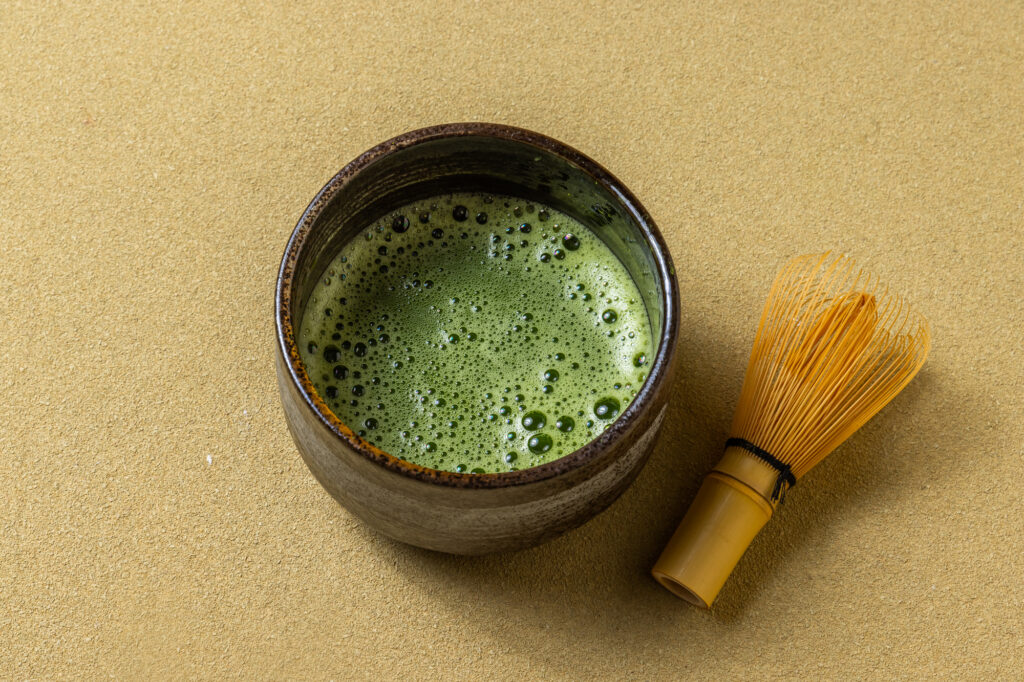
High-quality matcha is not merely a beverage but an art form to be enjoyed with all five senses. However, the market is flooded with various qualities of “matcha,” making it difficult for beginners to determine what to choose. According to a survey by the Japanese Tea Instructors Association, approximately 78% of general consumers responded that they “don’t know how to distinguish matcha quality.”
Understanding the Matcha Grading System
Matcha is broadly classified into two types: “Usucha” (thin tea) and “Koicha” (thick tea), which are further subdivided by quality.
Usucha Matcha Grades (from highest to lowest)
- Jousen (Superior)
- Jou (High)
- Chusen (Medium)
- Nami (Standard)
Koicha Matcha Grades (from highest to lowest)
- Gokujou (Supreme)
- Jousen (Superior)
- Jou (High)
Generally, “Jou” grade or higher is recommended for drinking. While “Chusen” or “Nami” grades are sufficient for confectionery, you’ll want to choose “Jousen” or higher to enjoy matcha’s authentic flavor. According to reports from the Kyoto Prefecture Tea Research Institute, premium matcha contains up to twice the amount of catechins and over 30% more theanine than lower grades.
Price often reflects quality, and matcha priced at 800 yen or more per 10g is generally considered good quality. However, as brand value may also contribute to the price, it’s important to understand the key factors for identification explained next.
Understanding the Basics: Grade Classifications and Quality Standards
Learning the Matcha Grading System

The first step in selecting high-quality matcha is understanding its clear grade classifications. Japanese matcha is mainly divided into “Usucha” (thin tea) and “Koicha” (thick tea). Usucha is for everyday enjoyment, while Koicha is the formal matcha used in traditional tea ceremonies. These are further subdivided into specific grades.
Typical matcha grades are classified as follows:
- Premium Matcha: The highest grade made from “Honsu” (prime leaves) where stems and veins are removed from the tencha (shade-grown tea leaves)
- High-Grade Matcha: Made from young tea leaves, characterized by a vibrant green color and rich umami
- Medium-Grade Matcha: Versatile matcha suitable for both drinking and confectionery
- Culinary Matcha: Slightly more bitter matcha suitable for cooking
Four Elements That Determine Quality
When assessing matcha quality, it’s important to focus on these four elements:
Color
High-quality matcha has a vibrant green (jade) color. Yellowish or dark green matcha may be of inferior quality. Matcha made from premium domestic tea leaves is particularly known for its beautiful “color vividness.”
Aroma
Good matcha has a fresh, green fragrance. Research shows that premium matcha is rich in “theanine,” which is the source of its sweet aroma.
Particle Size
High-quality matcha is a fine powder that feels silky to the touch. It is characterized by a very fine particle size of about 15-20 microns.
Taste

Quality matcha has an exquisite balance of bitterness and sweetness, with “umami” lingering in the aftertaste. Premium matcha from Uji is particularly known for its mellow sweetness and complex flavor.
According to research by the Kyoto Prefecture Tea Research Institute, the cultivation method (especially the duration of shade growing) significantly affects matcha quality. Matcha made from leaves that have been shade-grown for over 20 days has lower catechin content and higher theanine content, resulting in less astringency and stronger sweetness.
By understanding matcha grades and quality, you can select the appropriate matcha for your intended use. Next, let’s look at specific ways to identify quality when purchasing.
Five Ways to Identify Premium Matcha: Color, Aroma, Particle Size, Origin, and Price Relationship
Color Vibrancy of Premium Matcha
The first characteristic of premium matcha is its vibrant color. Quality matcha displays a bright green color, specifically a “jade green.” This color indicates that the tea leaves underwent sufficient shade cultivation during growth. Premium matcha from Uji City in Kyoto Prefecture maintains its vibrant green color due to rich chlorophyll content resulting from 3-4 weeks of shade cultivation. In contrast, low-quality matcha has a yellowish or brownish tint, which is a sign of oxidation.
Depth and Complexity of Aroma
Premium matcha has a very distinctive aroma. Quality matcha releases a “sweet grassy scent” or “nori-like aroma,” with complex flavors. Matcha made from premium tencha leaves is rich in L-theanine, giving it a unique “umami” and “sweetness.” According to a survey in Shizuoka Prefecture, premium matcha contains approximately twice the L-theanine of regular matcha.
Fineness of Particle Size and Texture
High-quality matcha has extremely fine particles with a silky smoothness. Traditionally stone-ground matcha consists of fine particles of about 10-20 microns, making it easy to dissolve in water with a smooth mouthfeel. To check particle size, touch a small amount with your fingertips. Premium matcha adheres to your fingers smoothly, without any grainy texture.
Correlation Between Origin and Price
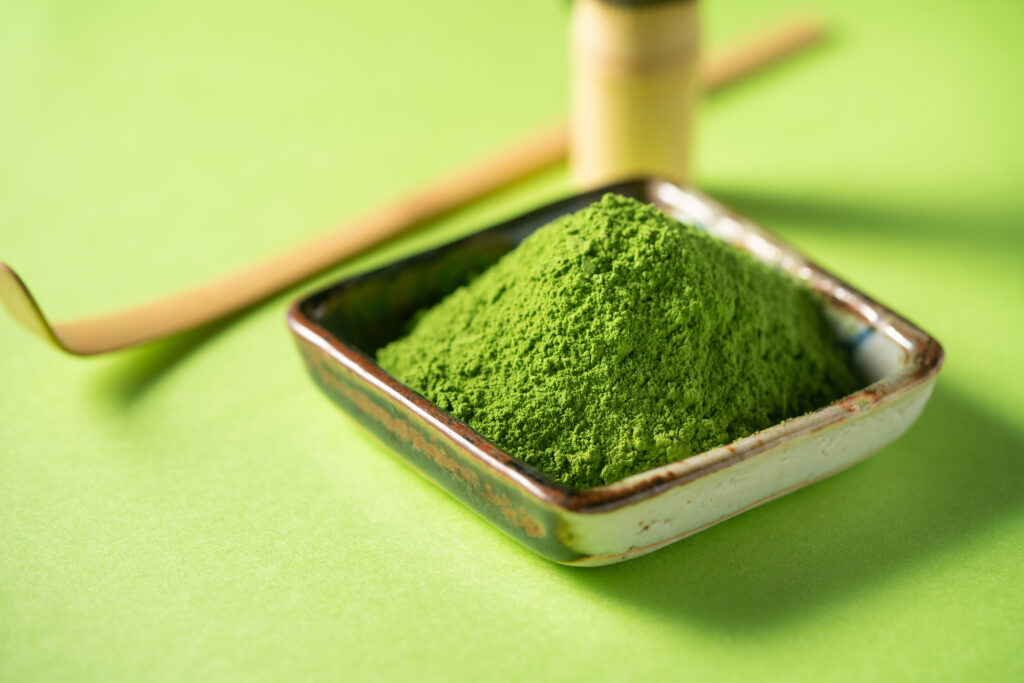
Origin is also an important factor in determining matcha quality. Matcha from traditional tea-growing regions such as Uji, Nishio, and Ureshino is produced in soil and climate conditions ideal for matcha cultivation, resulting in many high-quality products. Particularly, matcha from Uji City in Kyoto Prefecture has over 800 years of history and is highly regarded as “Uji Matcha.” Price-wise, premium matcha typically ranges from 2,000 to 5,000 yen per 30g, with ceremonial grade matcha made from “tencha” positioned in the higher price range.
By comprehensively evaluating these five elements—color, aroma, particle size, origin, and price—you can identify premium matcha. Use this knowledge to find high-quality matcha that suits your taste.
How to Choose Matcha by Purpose: Quality Points That Vary for Drinking, Confectionery, and Cooking
Basics of Choosing Matcha by Purpose
The optimal quality and grade of matcha vary depending on its intended use. Using premium usucha matcha for cooking is cost-inefficient, while using confectionery-grade matcha for drinking may not deliver the expected flavor. Choosing matcha according to purpose is essential for balancing taste and economy.
How to Choose Drinking Matcha
For drinking, especially as usucha, you should select the highest quality matcha. Matcha labeled as “superior,” “premium,” or “high grade,” or matcha sold for tea ceremony use is recommended. As a price guide, matcha typically costs 1,500 yen or more per 30g.
Characteristics of drinking matcha:
- Color: Vibrant green (ideally with a bluish-green tint)
- Aroma: Sweet, deep fragrance without grassiness
- Particle size: Extremely fine with a smooth texture
- Taste: Mellow sweetness with a good balance of astringency and bitterness
How to Choose Confectionery Matcha
For matcha sweets, medium to high-grade matcha is suitable. Matcha labeled as “for confectionery” or “for baking” is formulated to maintain its color and flavor relatively well when heated. The typical price range is 800 to 1,500 yen per 30g.
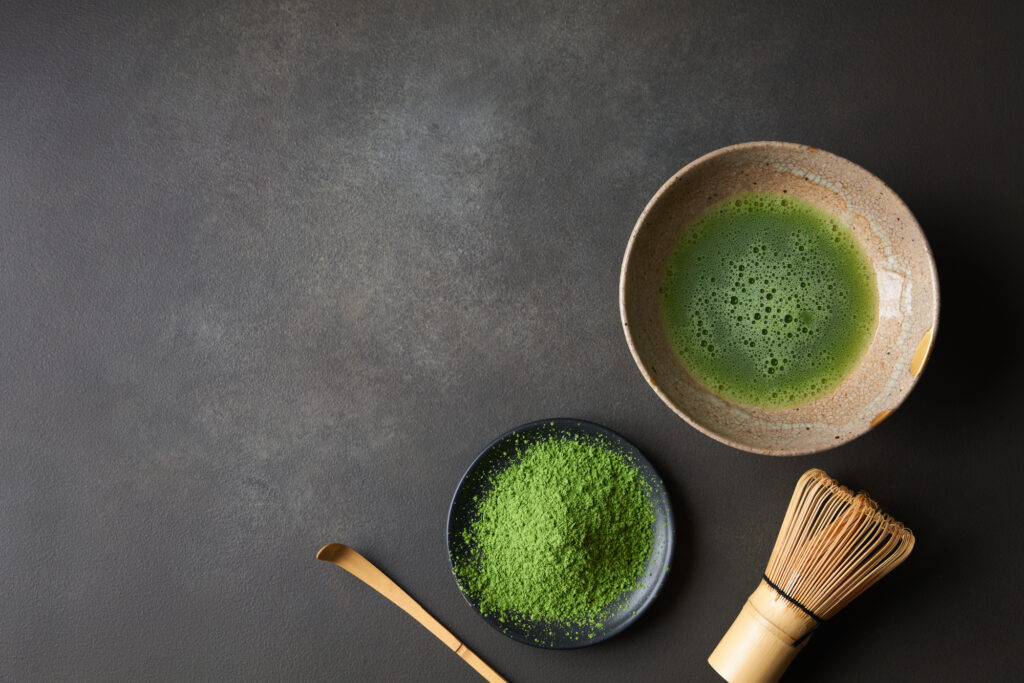
According to research by the Kyoto Prefecture Tea Research Institute, matcha with slightly coarser particles is better for baked goods as it retains more aroma, while finer matcha is more suitable for unbaked sweets.
Matcha for Cooking and Ice Cream
For cooking or ice cream where matcha is mixed with other ingredients, medium to standard quality matcha is sufficient. Matcha labeled as “for cooking” or “culinary grade” is formulated to maintain its presence when combined with other ingredients, with slightly stronger bitterness and aroma. The typical price range is 500 to 800 yen per 30g.
Pro Tips for Choosing Matcha
Professional Japanese confectionery artisans and tea masters at certified tea shops point out that “using different types of matcha according to purpose allows you to achieve the best flavor while keeping costs down.” For example, using a small amount of premium matcha for finishing touches and medium-grade matcha for the base is an effective technique. Discerning matcha quality and choosing according to purpose is the first step toward an authentic matcha experience.
Pro Tips! How to Store Matcha and Keep It Fresh
Proper Storage Environment for Matcha
Storage methods are crucial for maintaining the flavor and quality of premium matcha. Matcha oxidizes very easily, and once opened, its freshness rapidly declines. According to tea masters at Kyoto’s established tea shop “Ippodo Tea,” ideally, matcha should be consumed within one month after opening.
The optimal storage conditions include three factors: “low temperature, low humidity, and light protection.” Specifically, storing in the vegetable compartment of a refrigerator (about 5°C, humidity below 50%) is effective. However, as matcha easily absorbs refrigerator odors, always use an airtight container.
Freshness Preservation Techniques Practiced by Professionals
- Container selection: Aluminum or tin tea canisters are ideal. These offer high light protection and prevent moisture. Avoid glass containers as they allow light through.
- Using oxygen absorbers: Tea oxygen absorbers sold at specialized tea shops can reduce oxidation after opening by up to 70%, according to data.
- Divided storage: According to surveys by the Japanese Tea Instructors Association, for infrequent use, dividing matcha into 10-20g portions and opening only what you need best preserves freshness.
- Avoiding temperature changes: Opening the container immediately after removing it from the refrigerator causes condensation, leading to quality deterioration. Bring it to room temperature for 30 minutes before opening.
Simple Methods to Check Freshness
Matcha freshness can be judged by color and aroma. Fresh premium matcha has a vibrant green color and a sweet, fresh aroma. Over time, it develops a yellowish tint and its aroma weakens. Texture is also an important indicator. Deteriorated matcha becomes powdery and loses umami.
Among experts, the “one-month rule” is well-established, recommending that premium matcha for usucha be used within one month of opening, and confectionery matcha within two months. Proper storage allows you to maximize matcha’s appeal and enrich your daily matcha experience.
ピックアップ記事
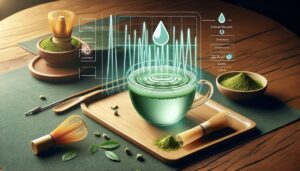
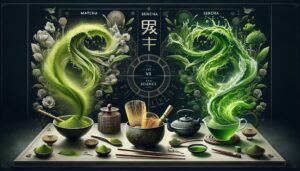

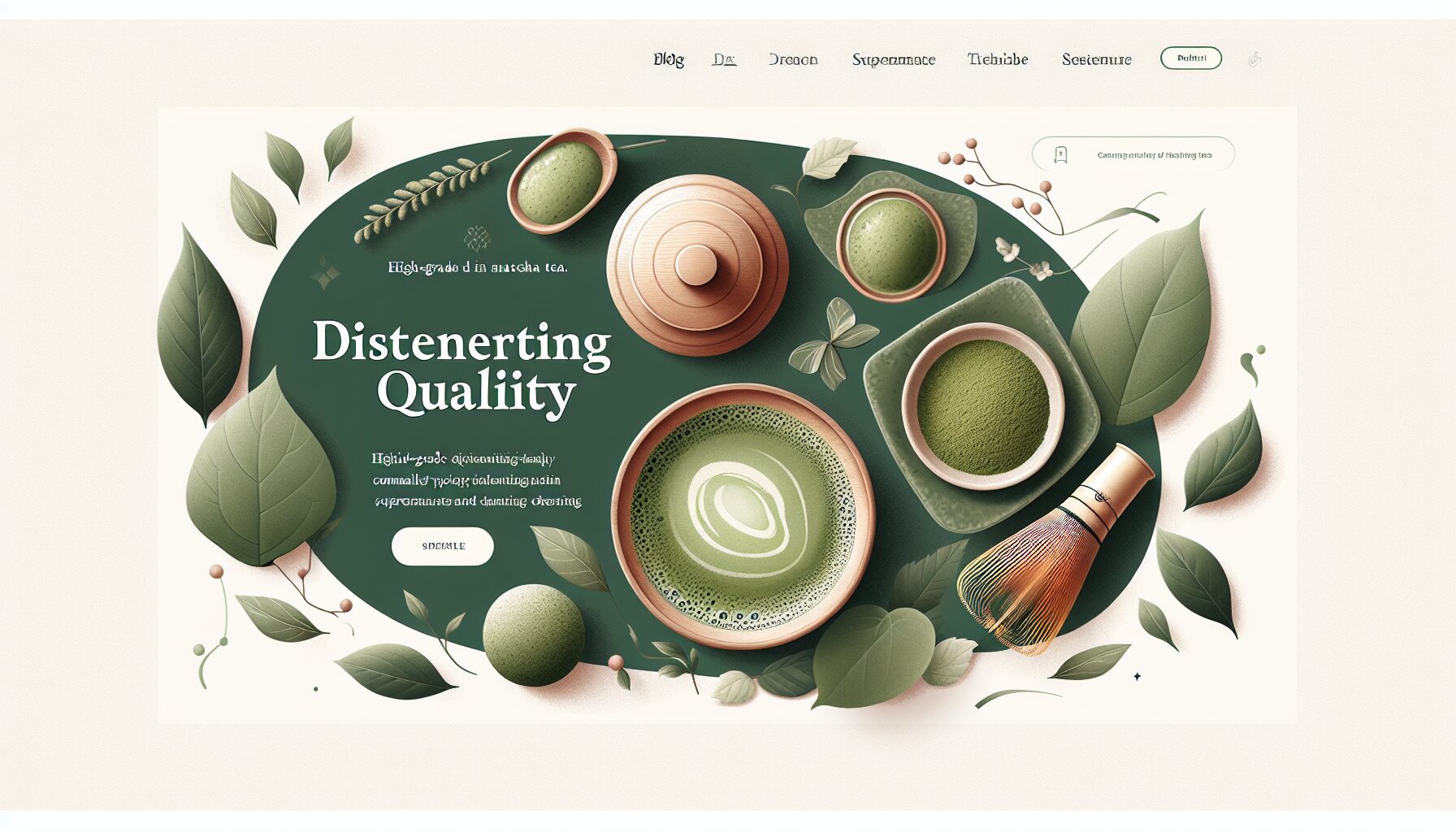

Comments